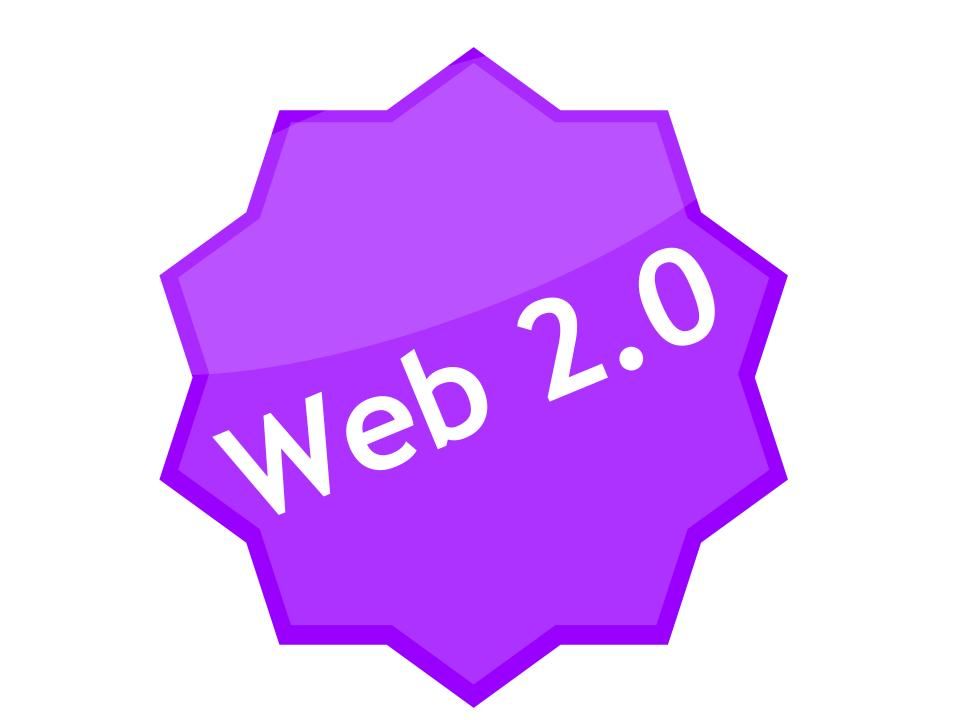Since Web 3.0 is a buzzword that is getting a lot of attention, and it is still not very clear, I would like to revisit what was considered Web 2.0 years ago. The term Web 2.0 was coined by Darcy DiNucci in the “Fragmented Future” article. Later, the term was promoted by Tim O’Reilly, referencing the Web as the new platform that connects people and uses data from multiple sources.
What most people remember about Web 2.0 is that it started allowing people to communicate and interact online with others of similar interests. However, Web 2.0 also referred to two other areas of the web that were referred to as Web 2.0 depending on the context. The three areas that were used for Web 2.0 were:
Social Media and Online Communities

Before Web 2.0, websites were static and there were not many communities (not mentioning Usenet). All the pages were concentrated on showing data to the users but without any feedback. After weblogs or blogs became a thing, visitors were able to comment on news and provide feedback on what they liked or did not. The same applies to social media pages like MySpace, LiveJournal, Hi5, and Xanga that allowed people to have profiles, add friends, form communities, and message each other. This was the core of we consider Web 2.0 from the impact point of view of what people were allowed on the web.
Glossy & Simpler Design

One more thing that Web 2.0 brought us was simplicity. The overall page became more simple and the use of CSS was expected over multiple frames and tables for the layout. However, that simplicity also gave us a glossy design. This trend was very popular in the mid-2000s and when designers mentioned Web 2.0 was referring to the look and feel of this trend. Those shiny RSS buttons, badges, and logos were part of Web 2.0. Additionally, the colors of the pages were more vibrant with flashy colors and easier to read. But, I would have failed if I don’t mention the CSS Zen Garden website because it was the one that inspired designers to achieve more than just a white or black background on text. This was the page that started the movement on what was possible and can be done with pure CSS and how to create art while working in web design.

Ajax: Desktop Experience on the Web
For web developers, Web 2.0 was adding interactivity to the page by responding to users’ requests. Nevertheless, it was not only using DHTML but doing some “wizardry” that was able to make requests to the server and changing parts of the page without refreshing the entire page or making a postback as known in the Visual Studio.NET world at the time. The first time that you experienced Ajax as a developer, you probably still remember the feeling. It gave a lot of ideas and developers took advantage of this feature because it is the first time that a web application can behave like a desktop one. The internet connection back then was poor and taking advantage of not having the refresh the entire page was an optimal solution that we still use today.
Ajax gave birth to a lot of tools and libraries. One of them is jQuery. People complain about jQuery today but it was a real blessing in 2006 when it came out providing cross-platform solutions so we concentrate more on the code than fixing bugs for different browsers.
Conclusion
The Web will continue to evolve. The tools to create websites or applications will evolve with it. However, people will always be at the center of the products and will be the ones to decide the next version of the Web. Web 2.0 was and is still great because it showed us that the world is flat and that we are closer no matter the miles in between.


